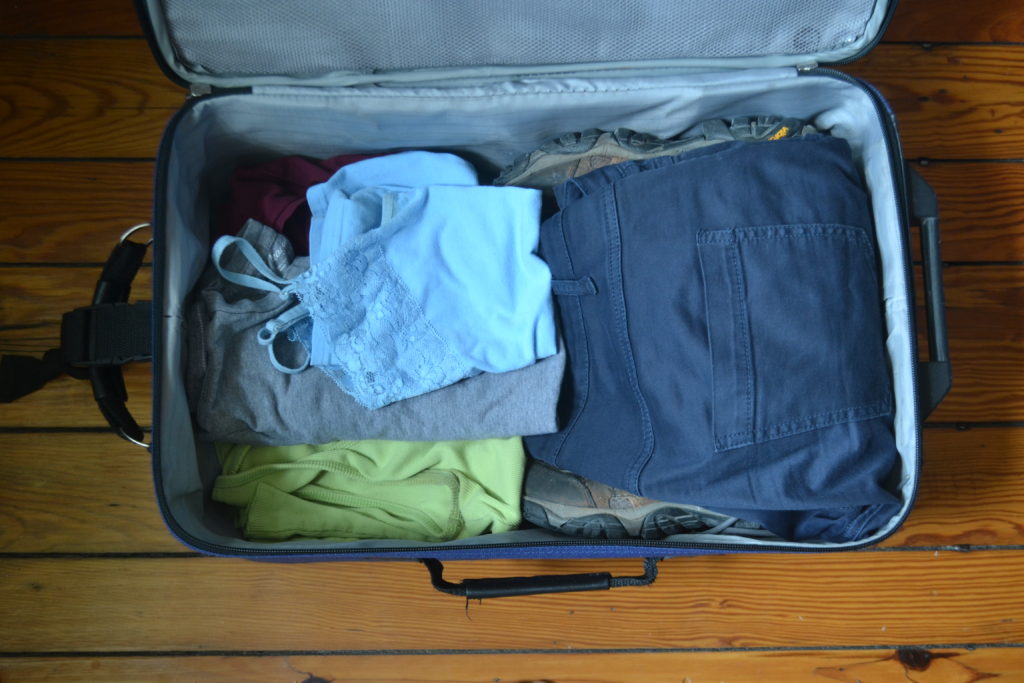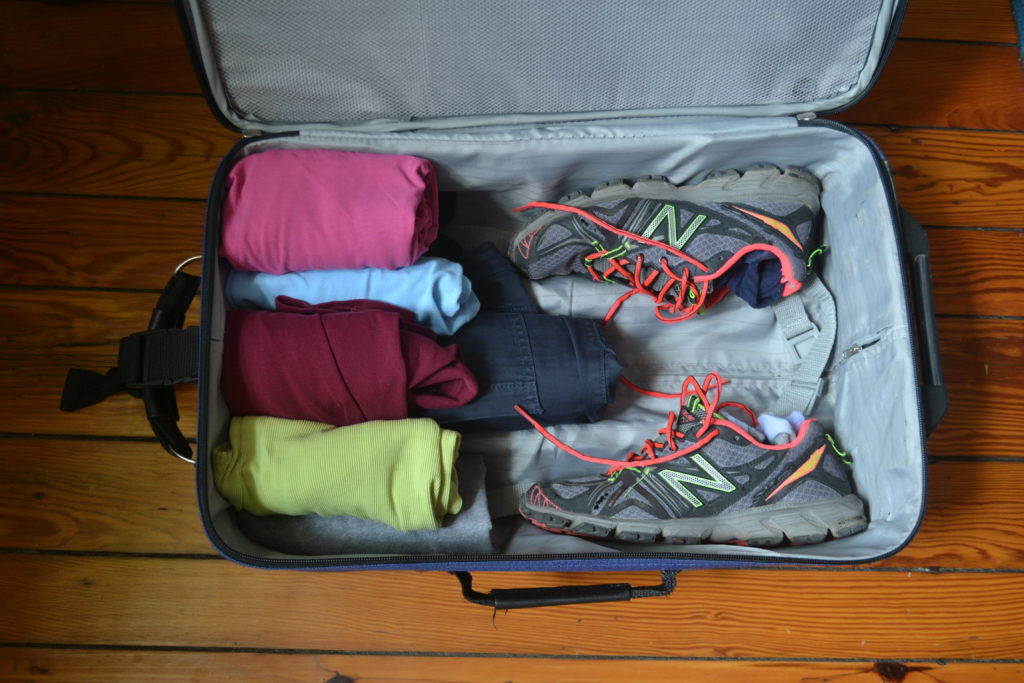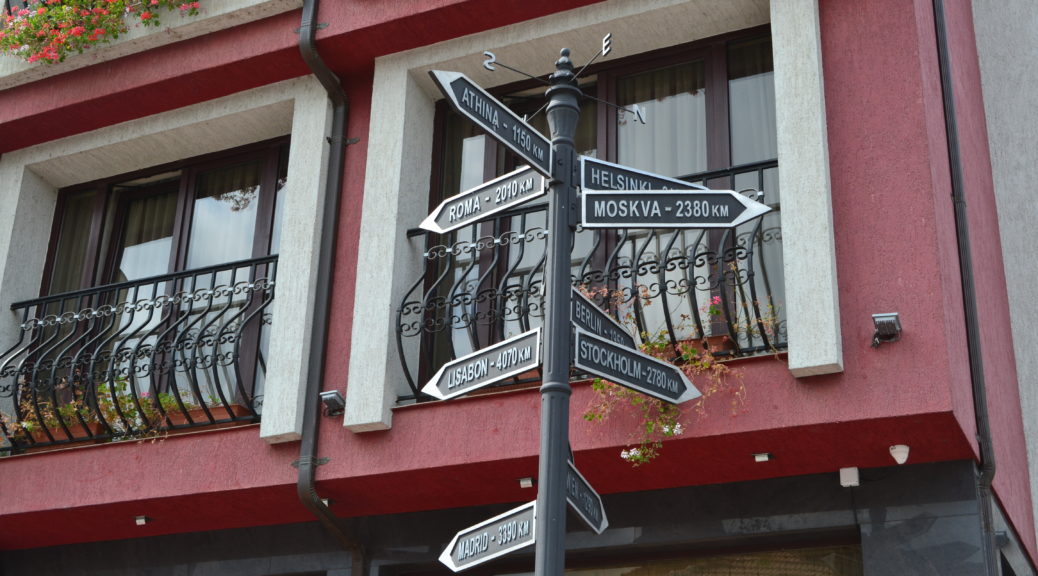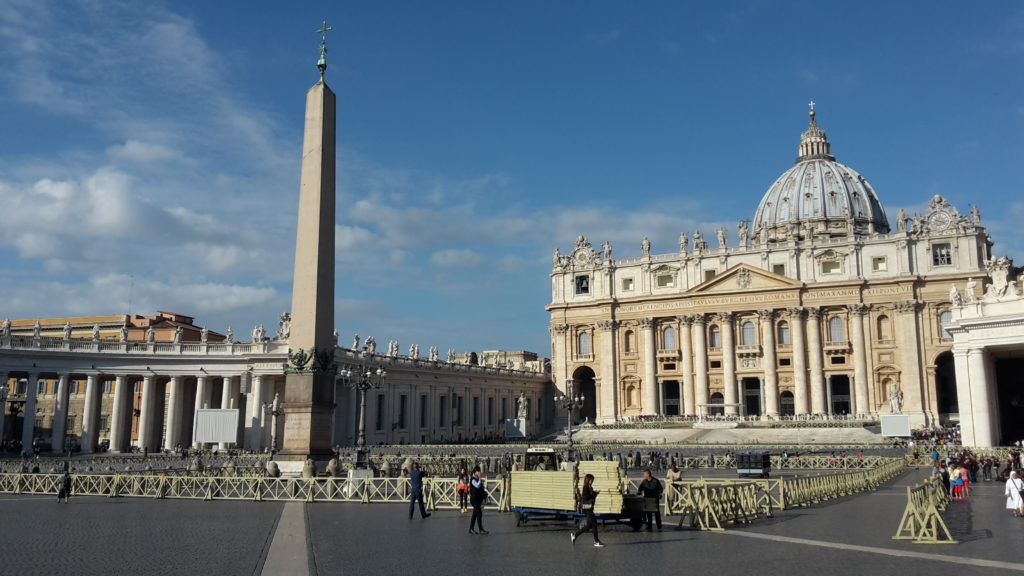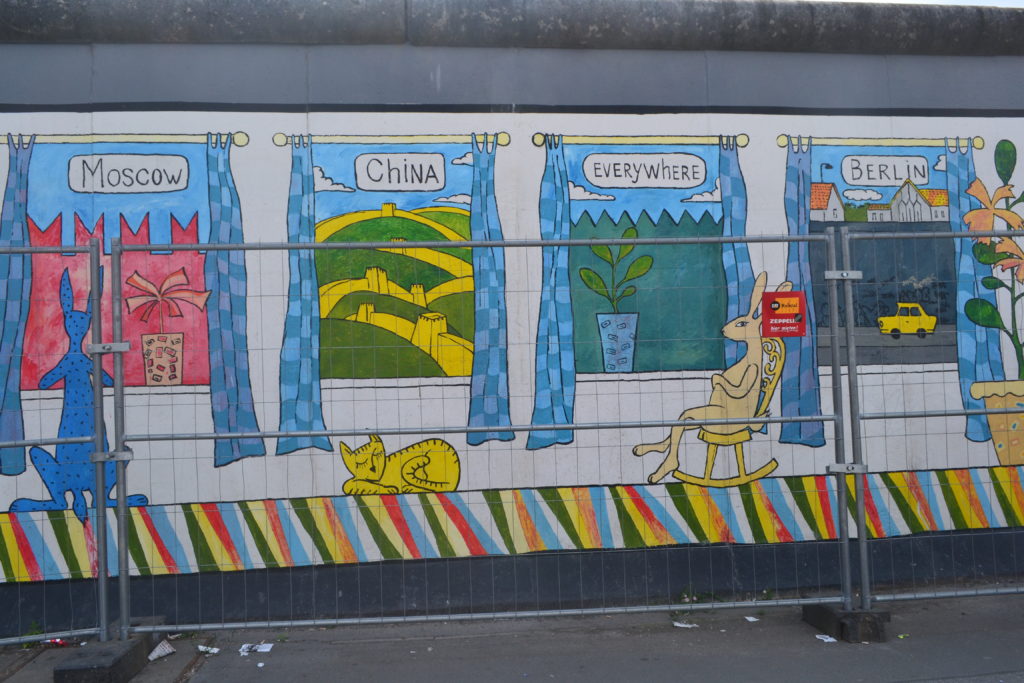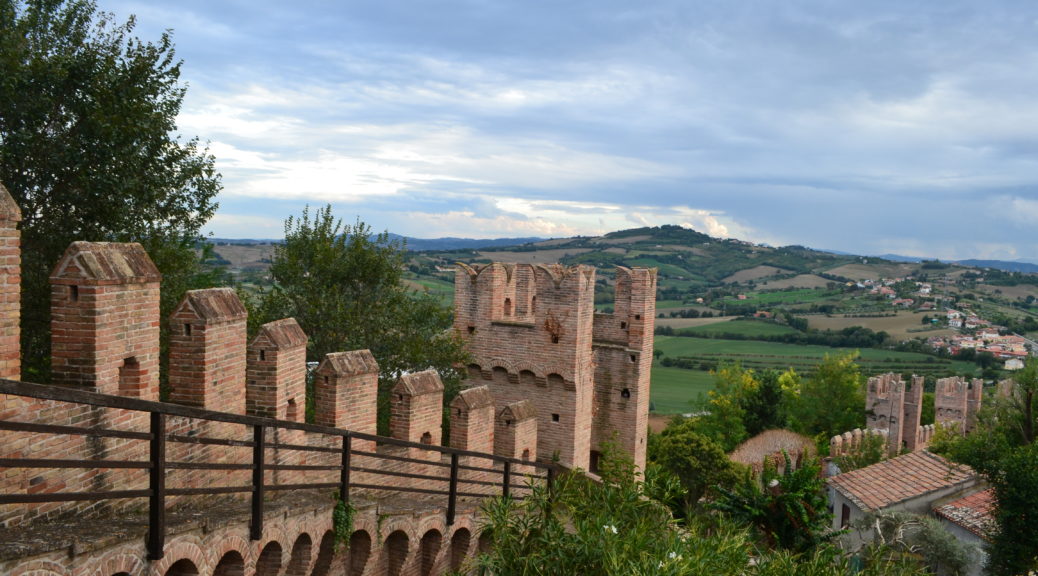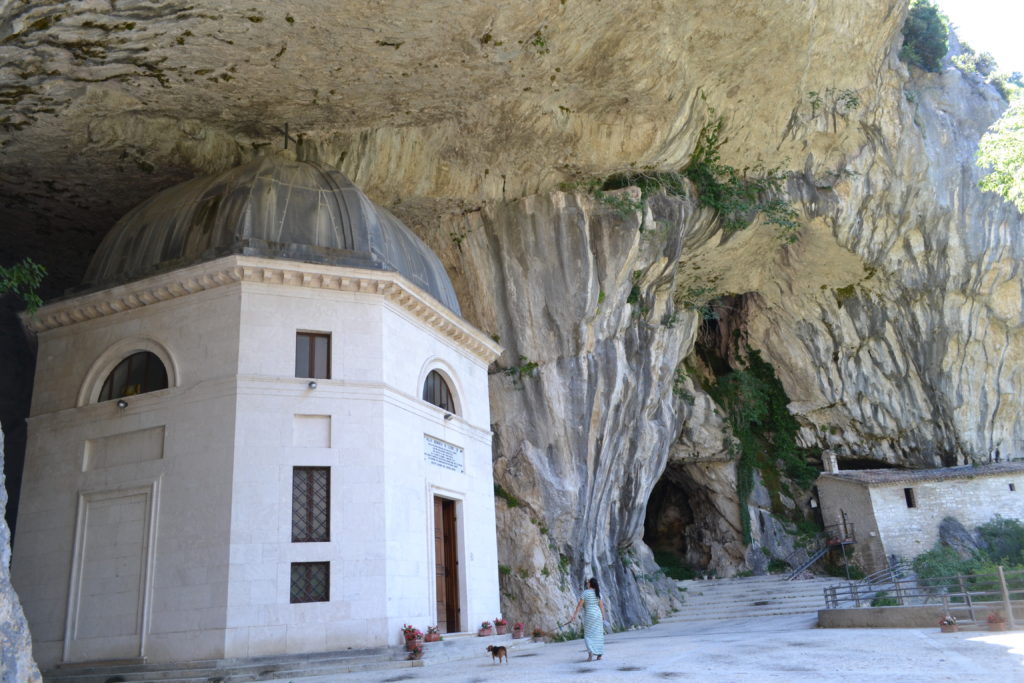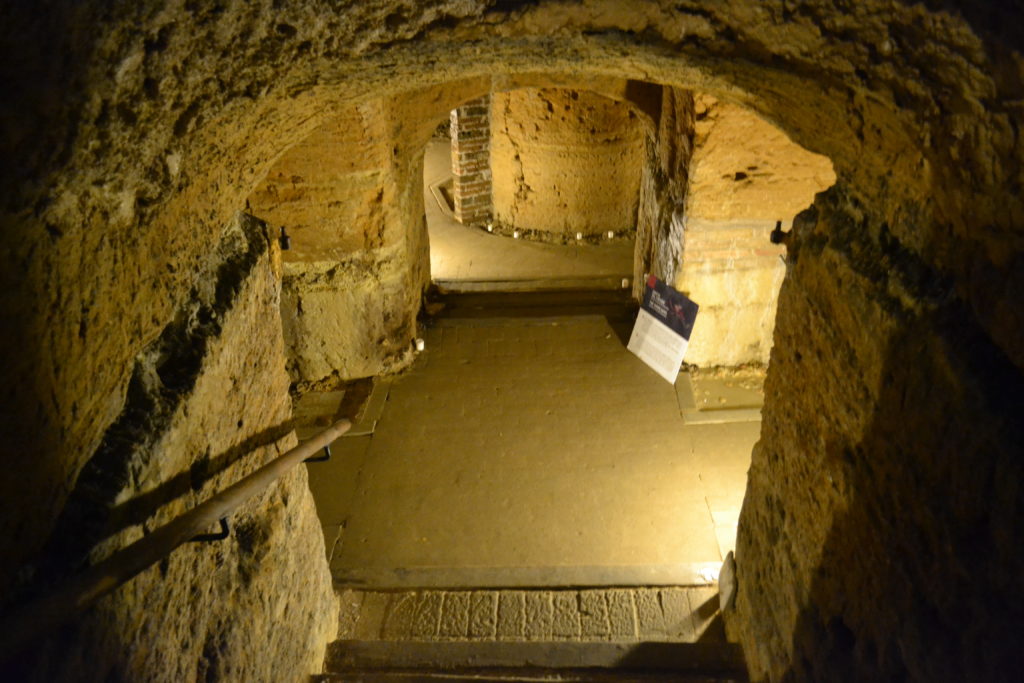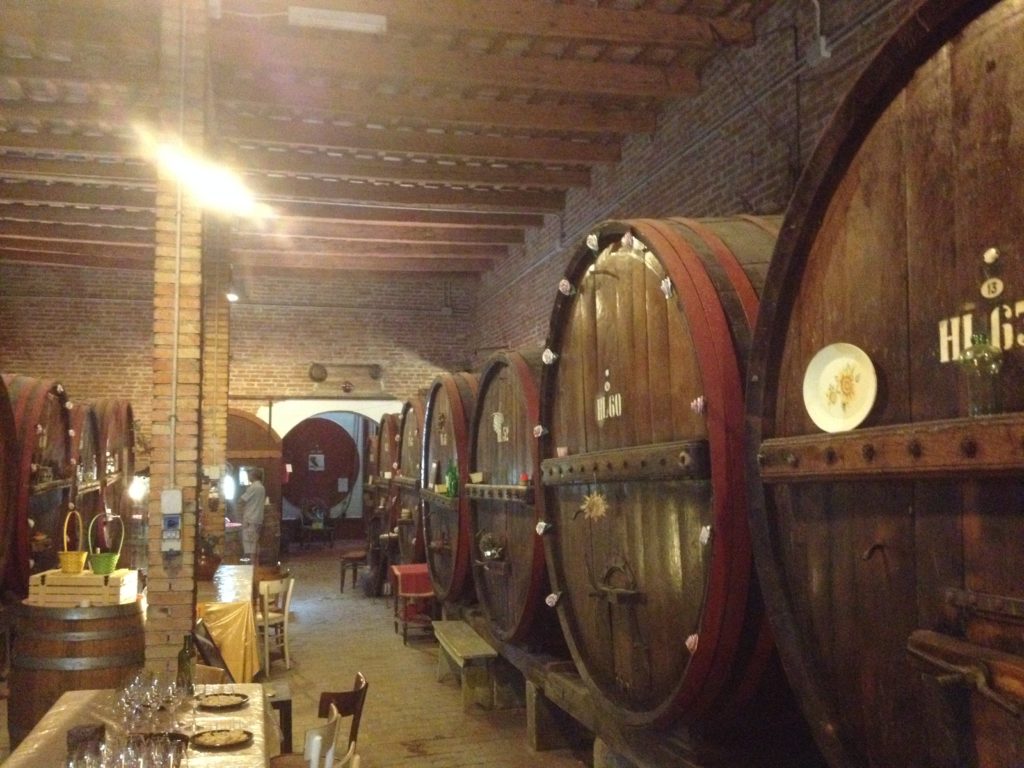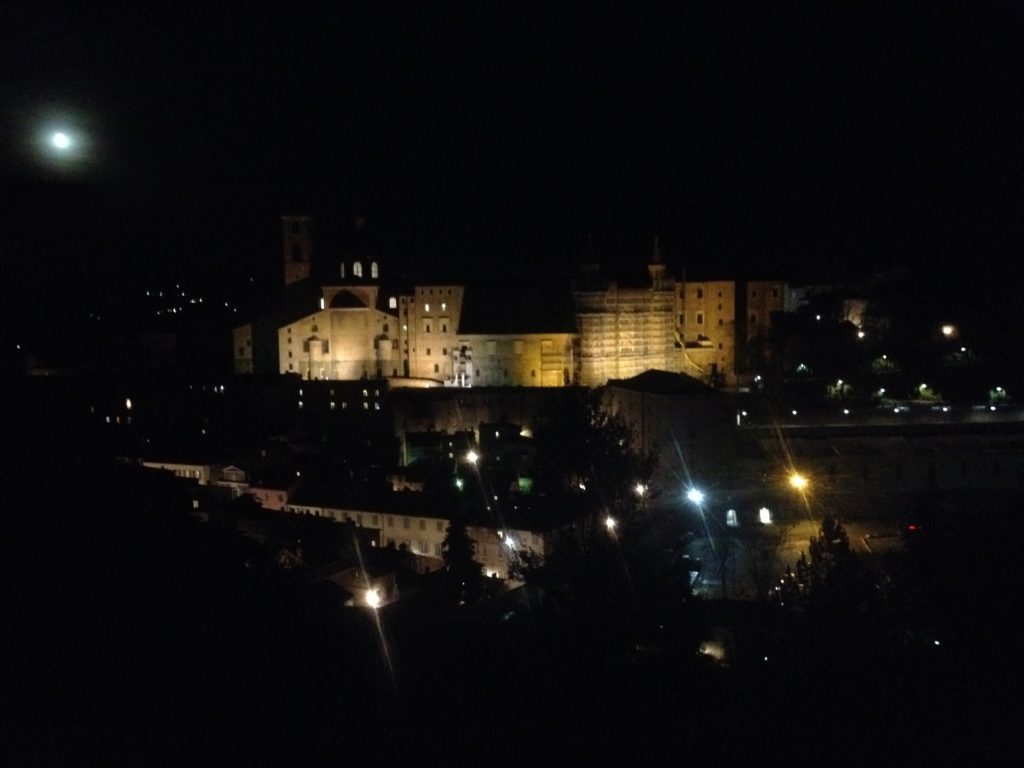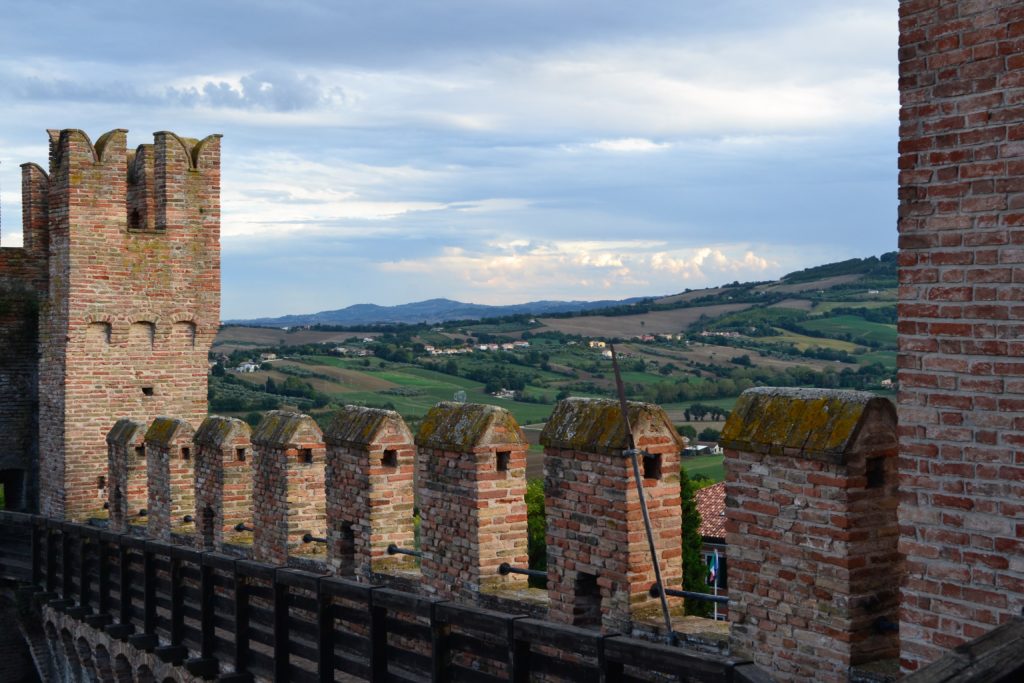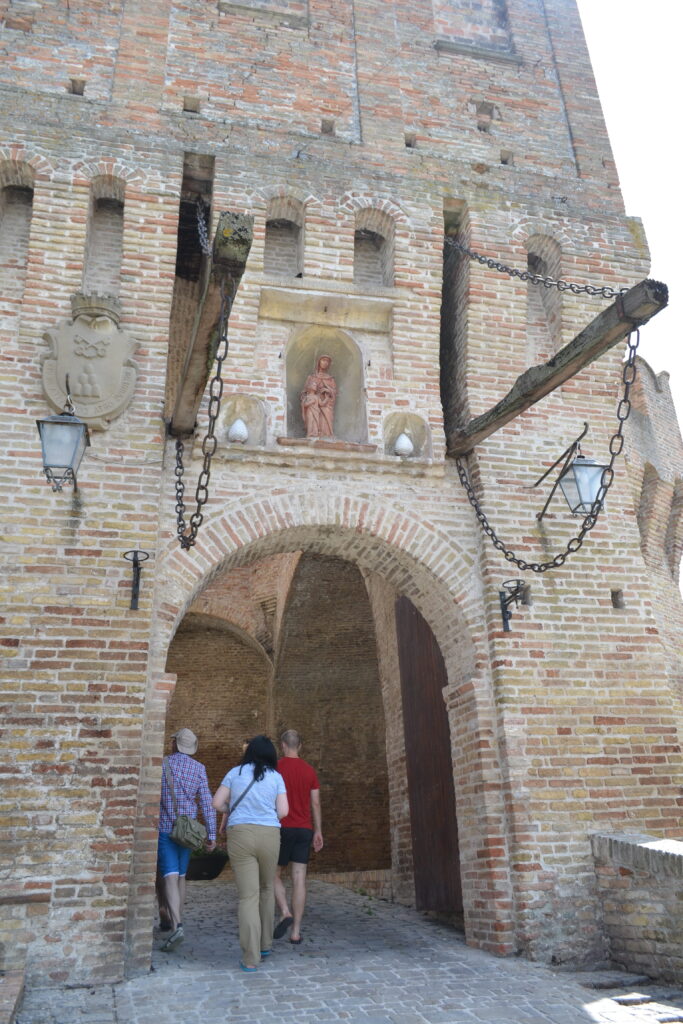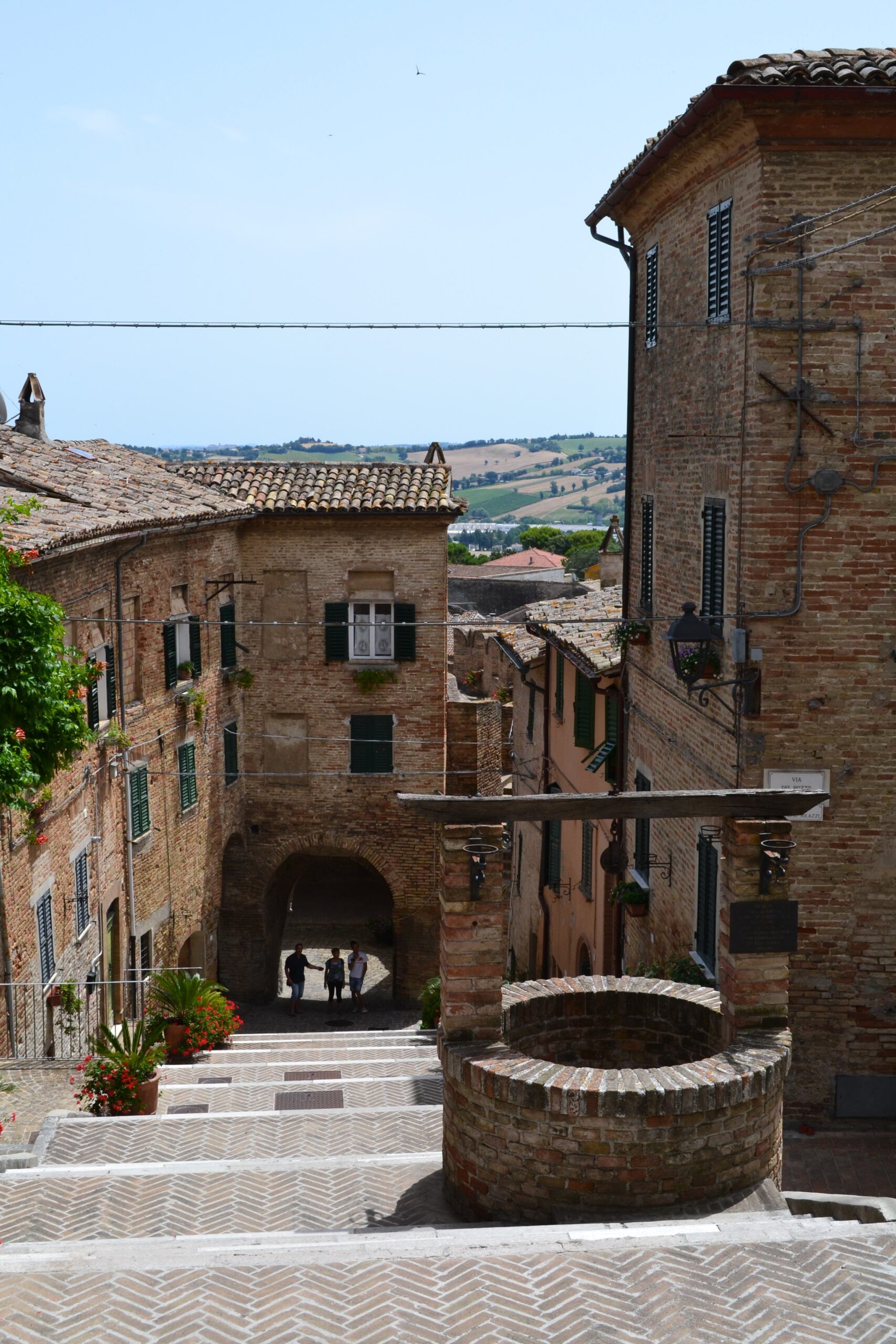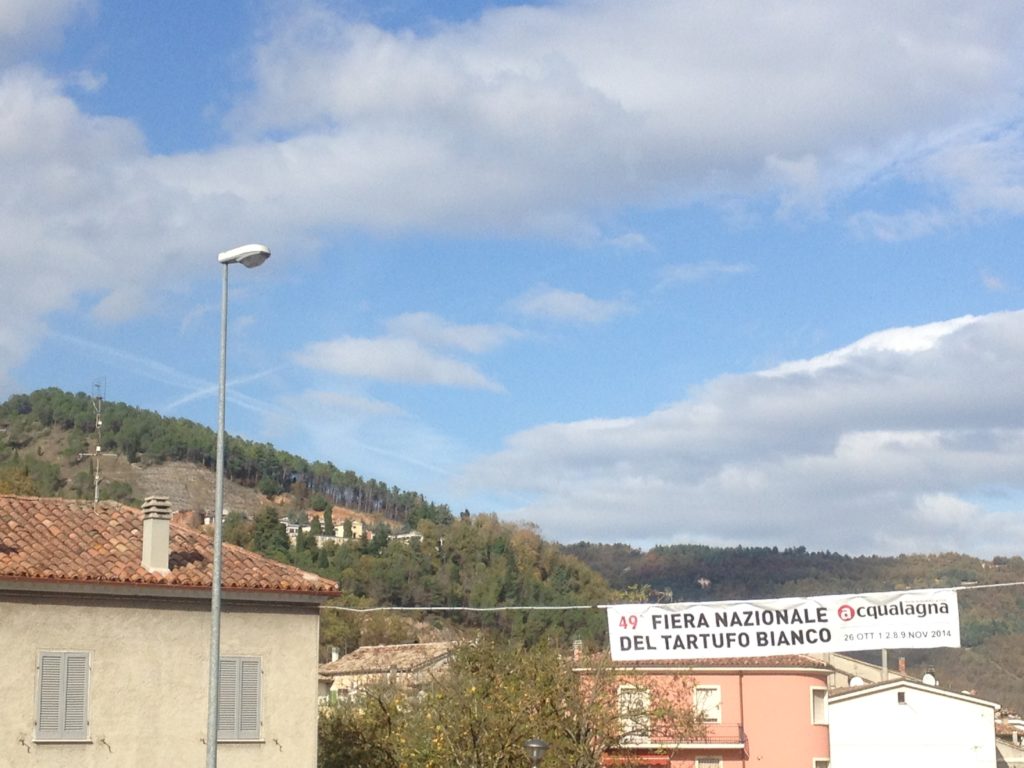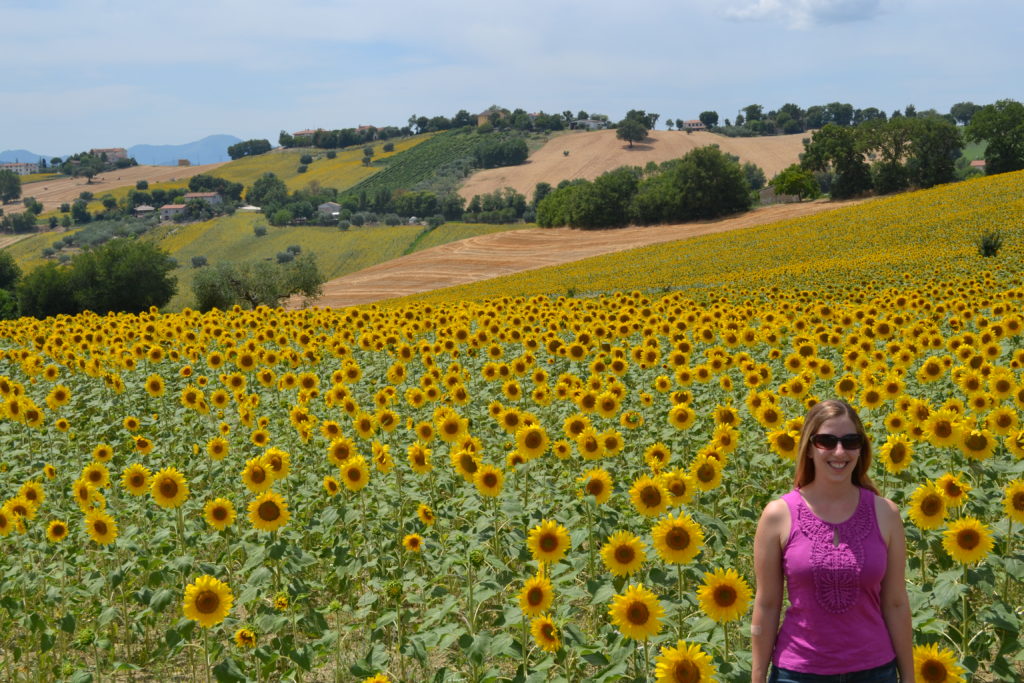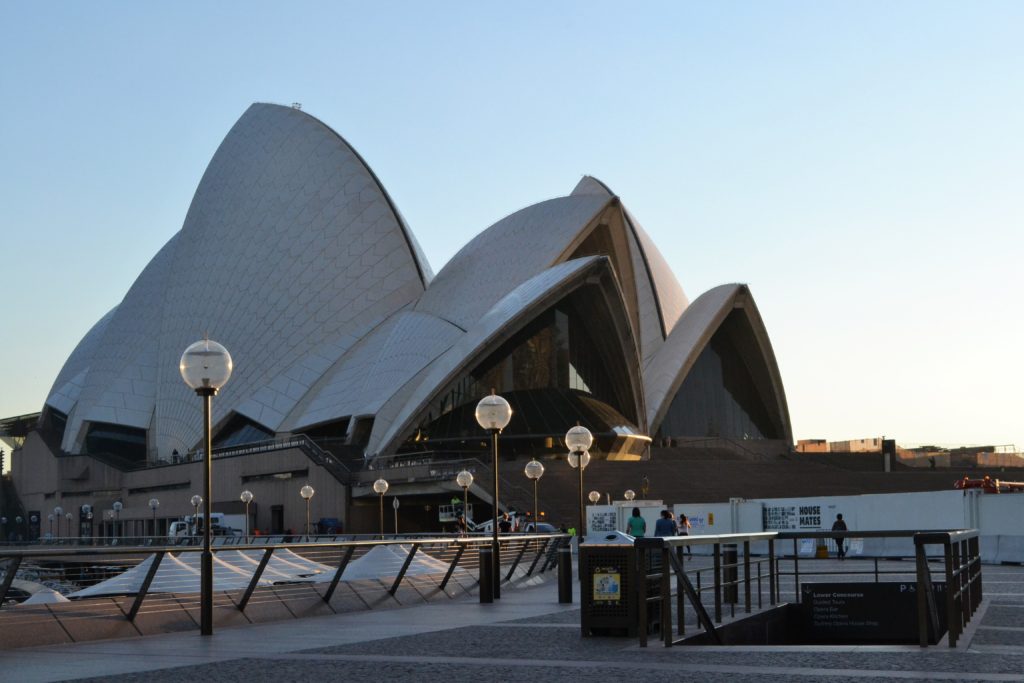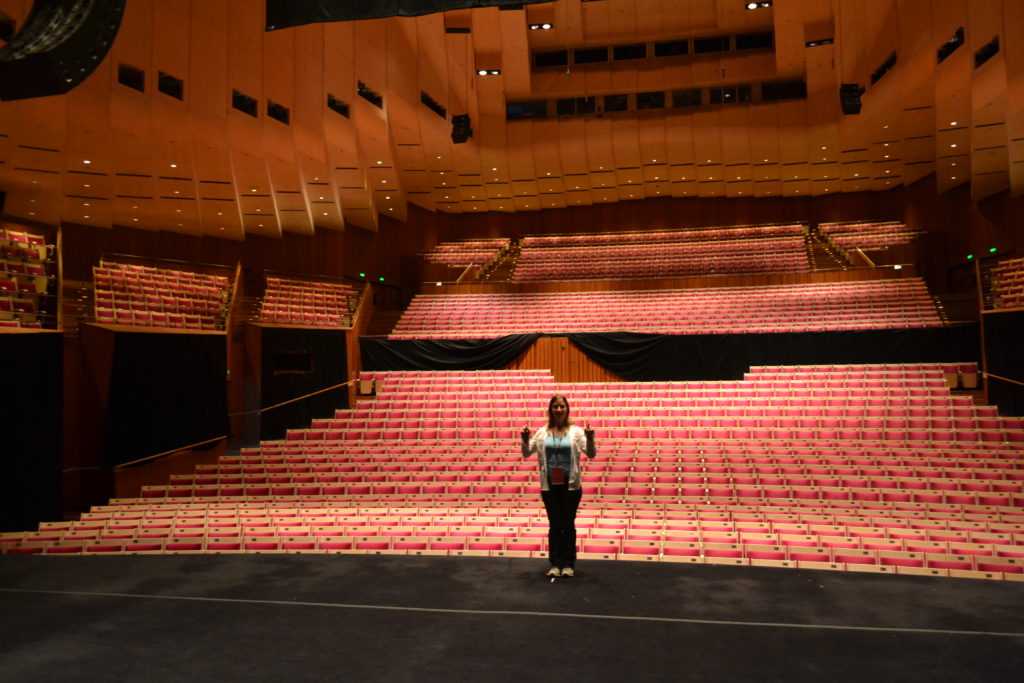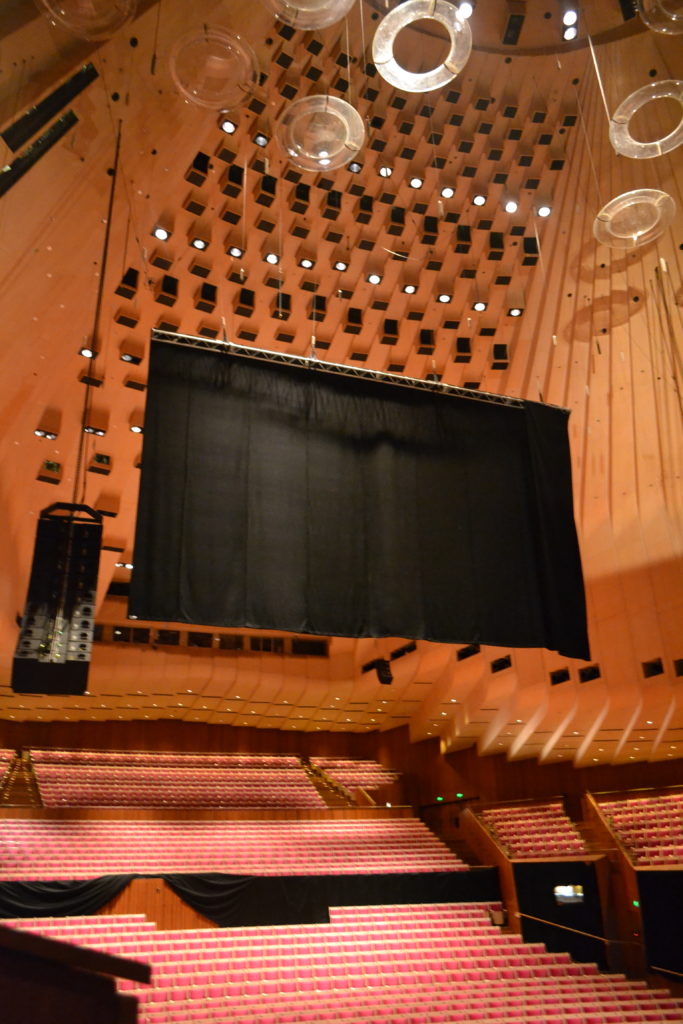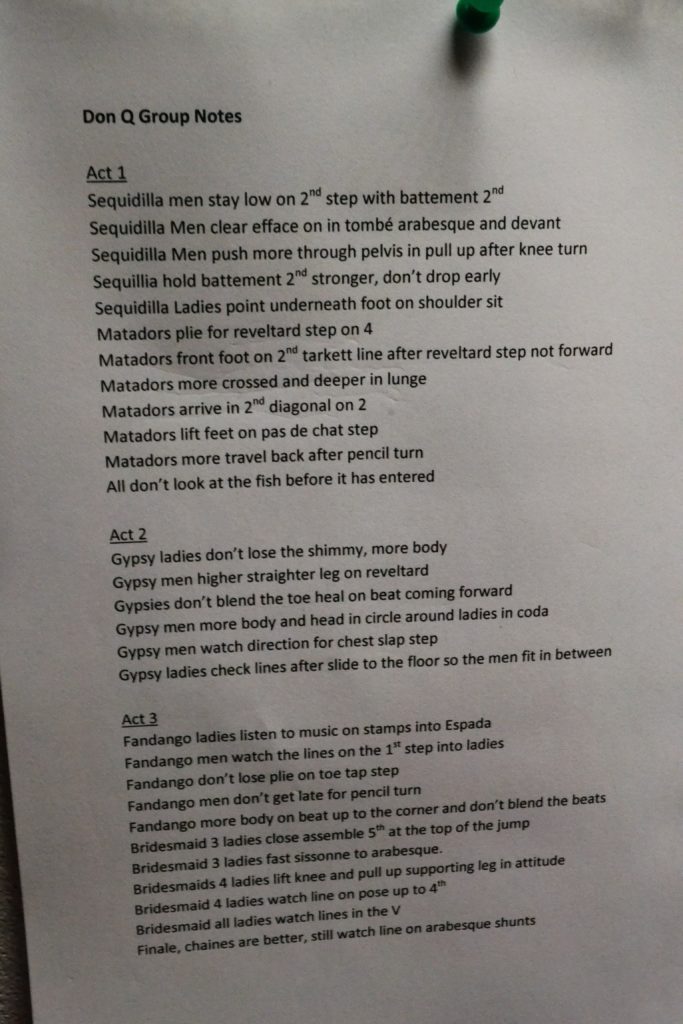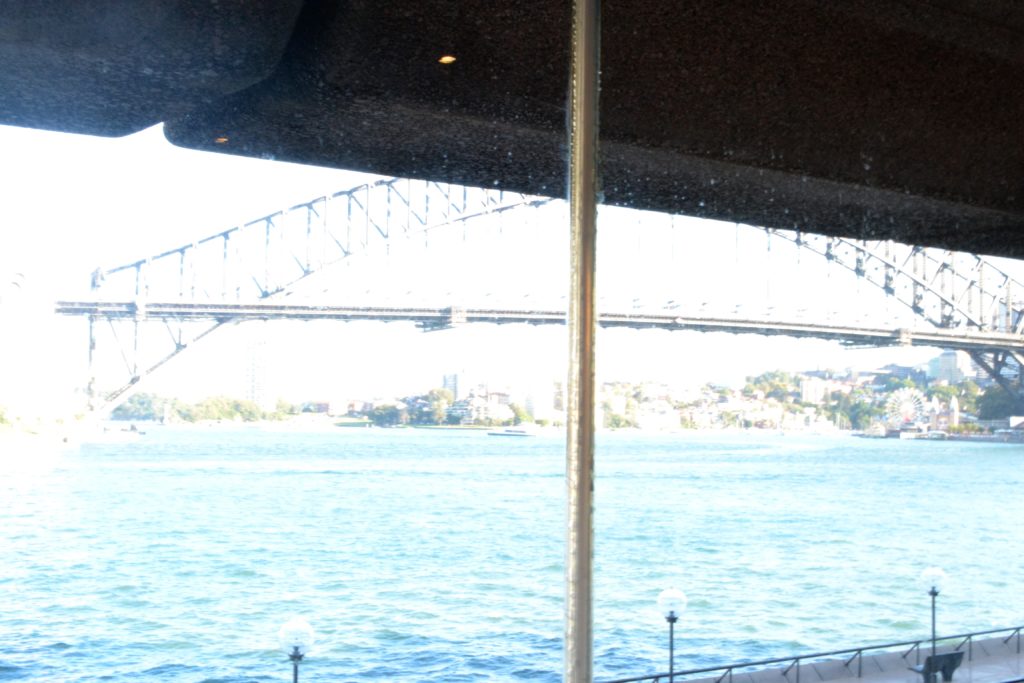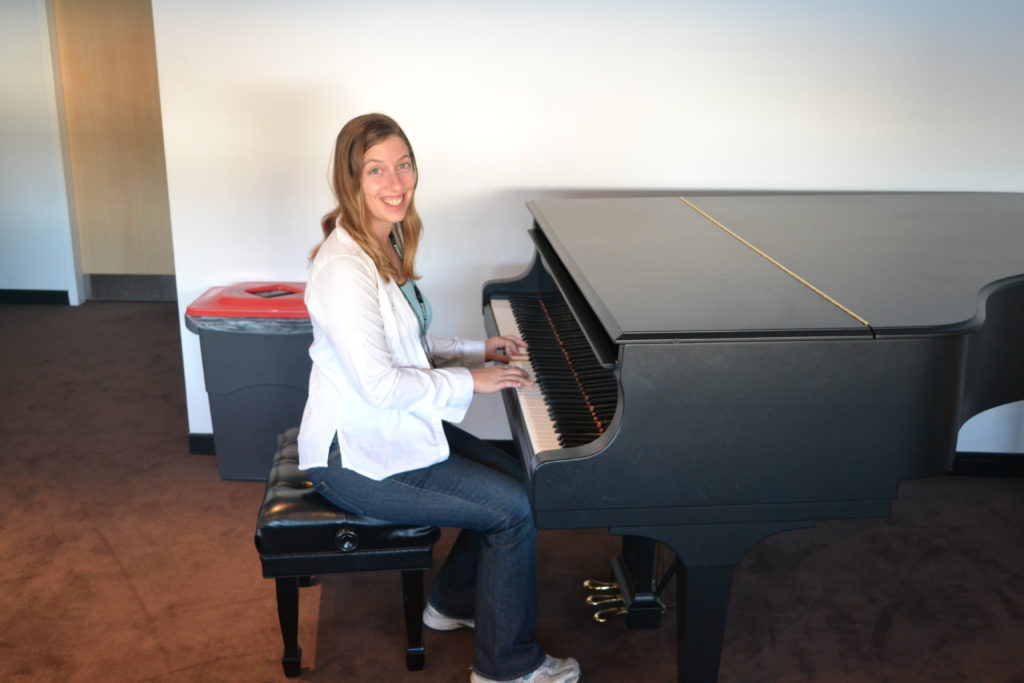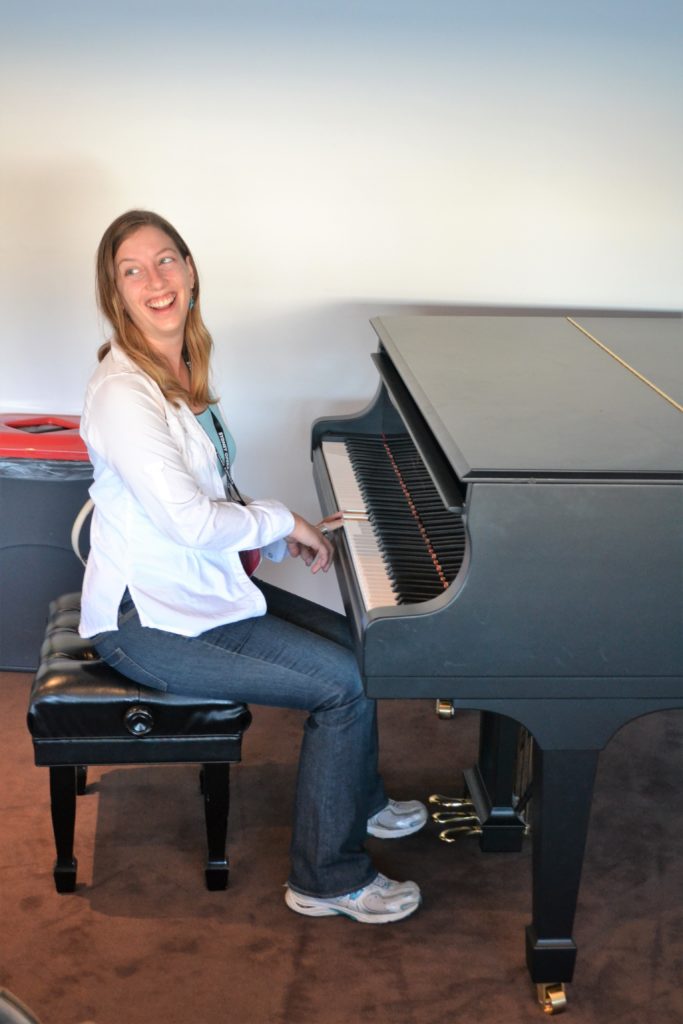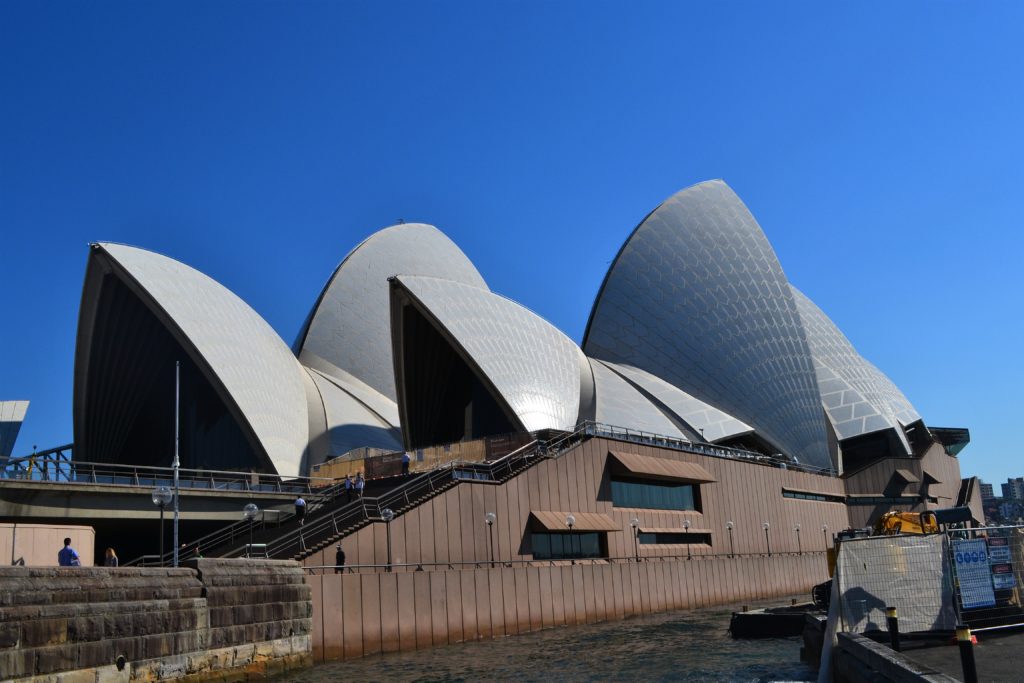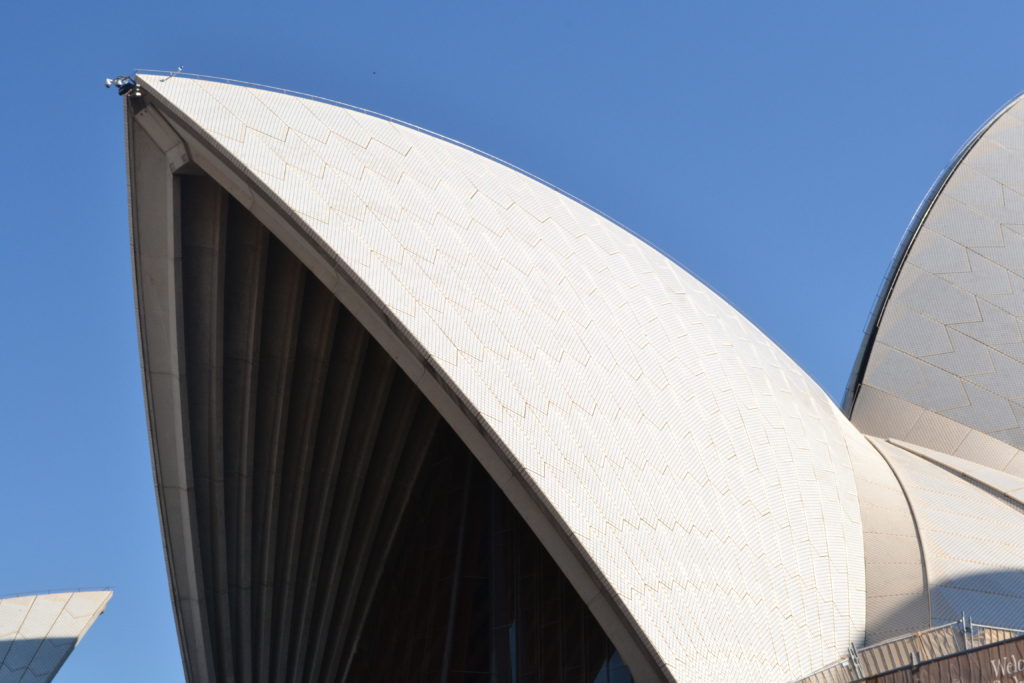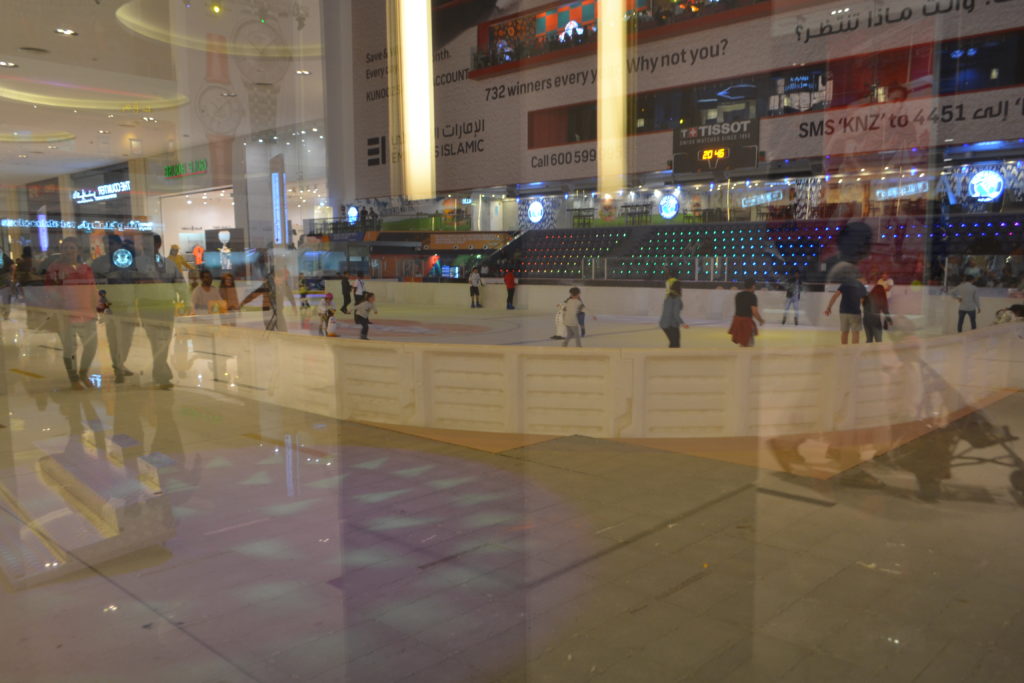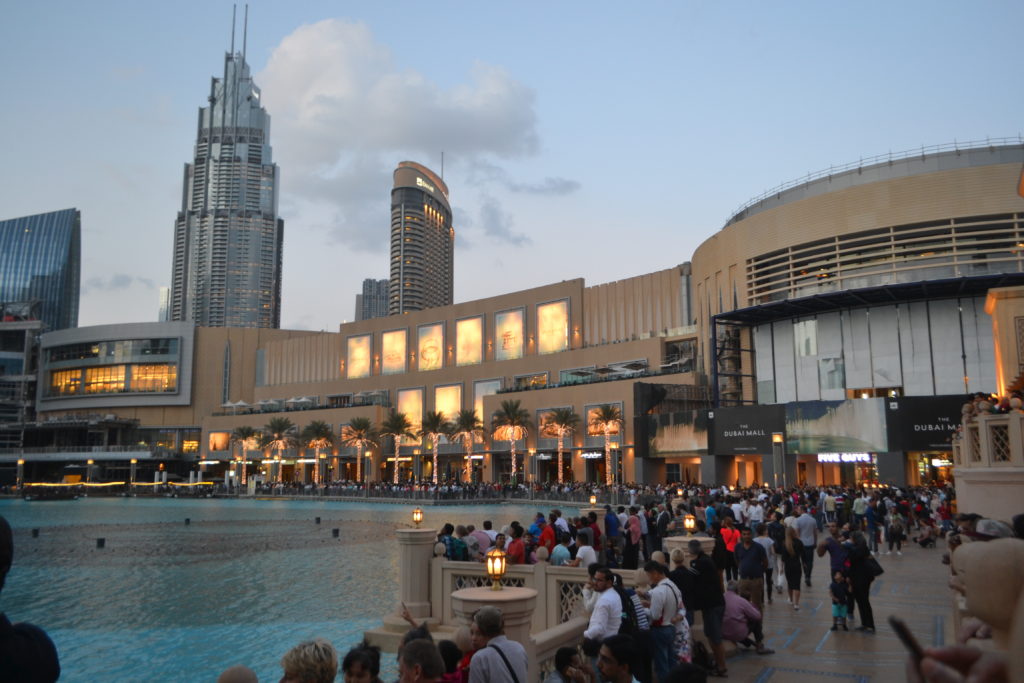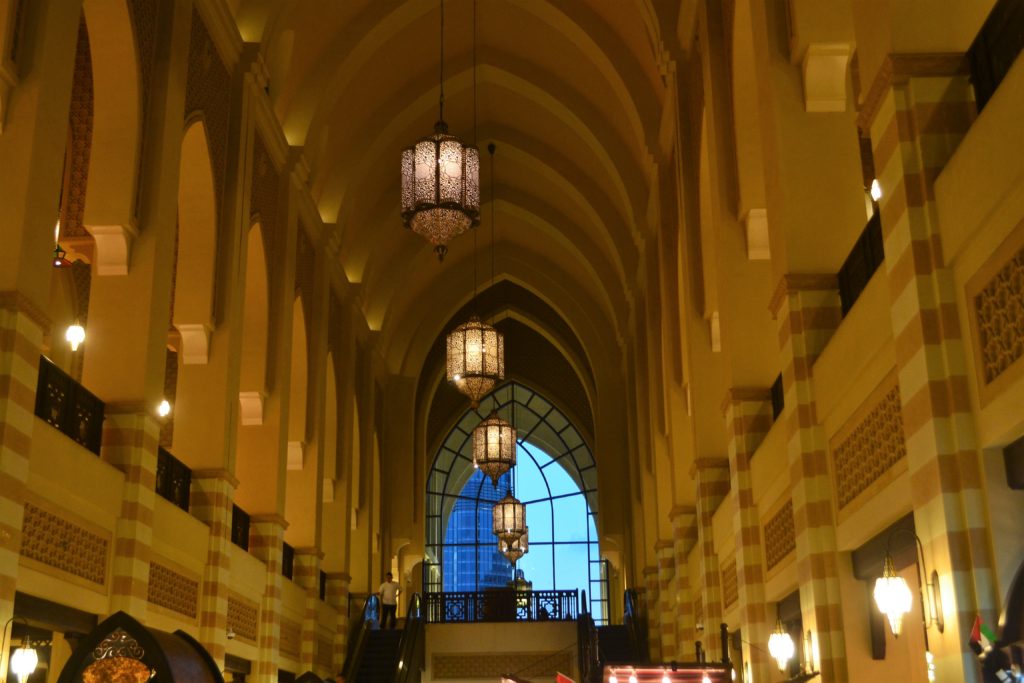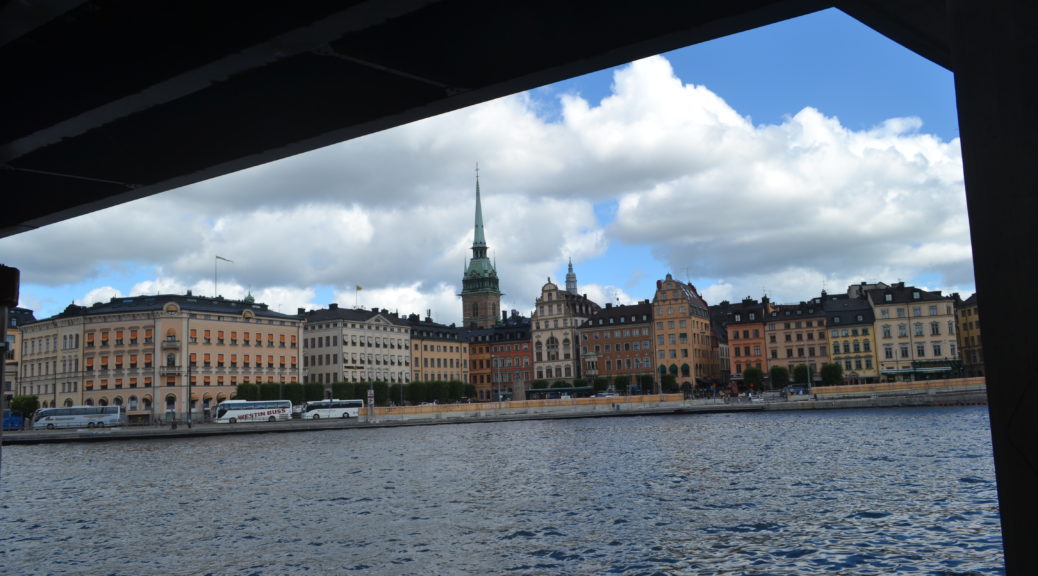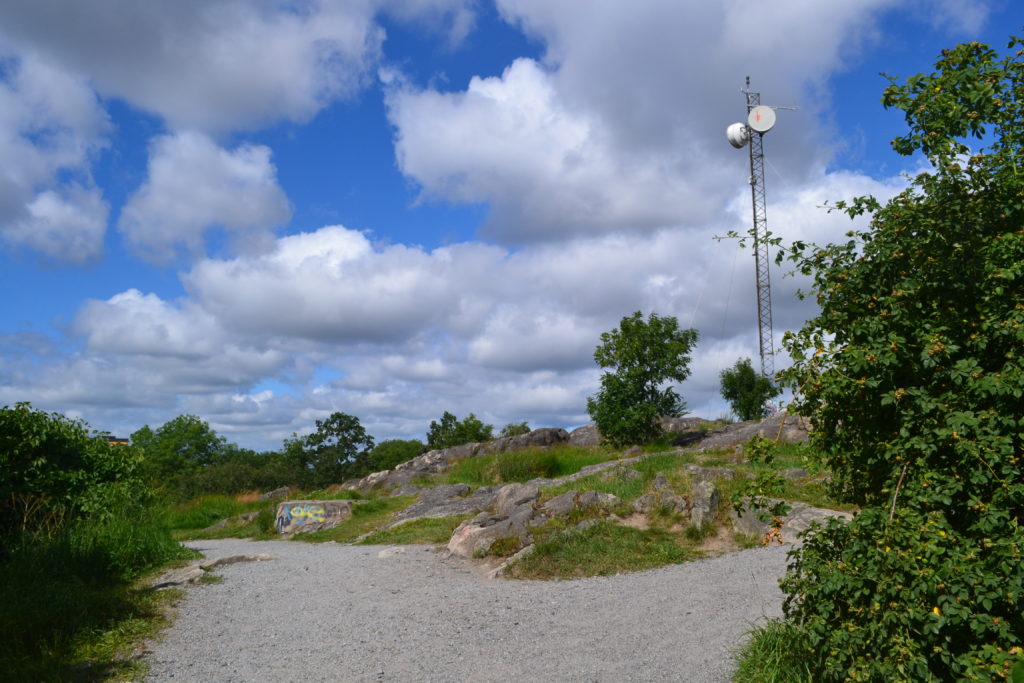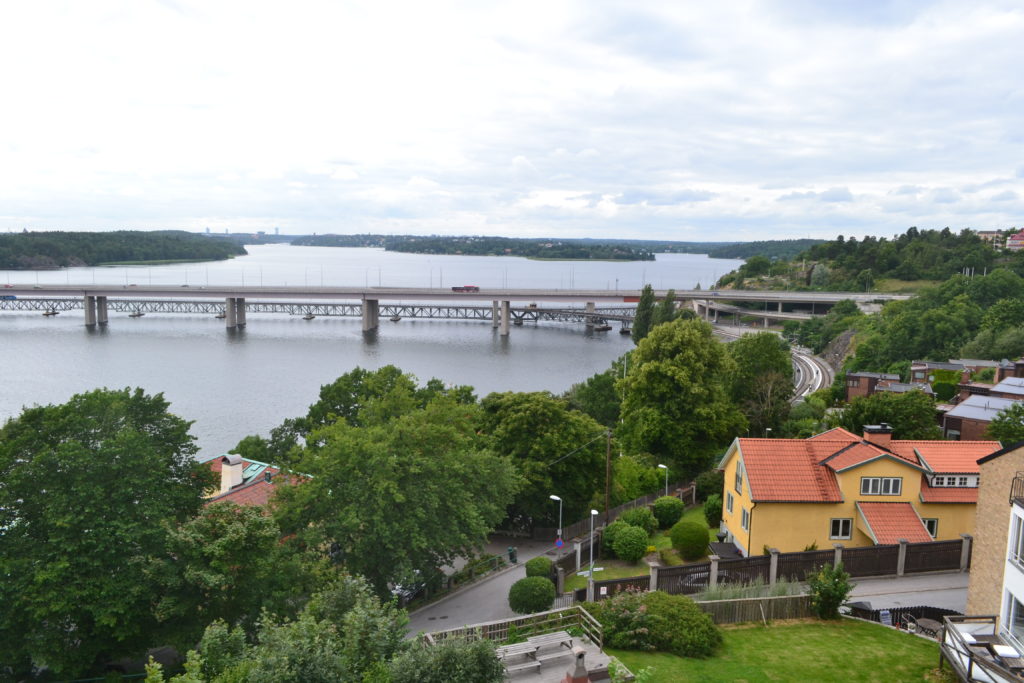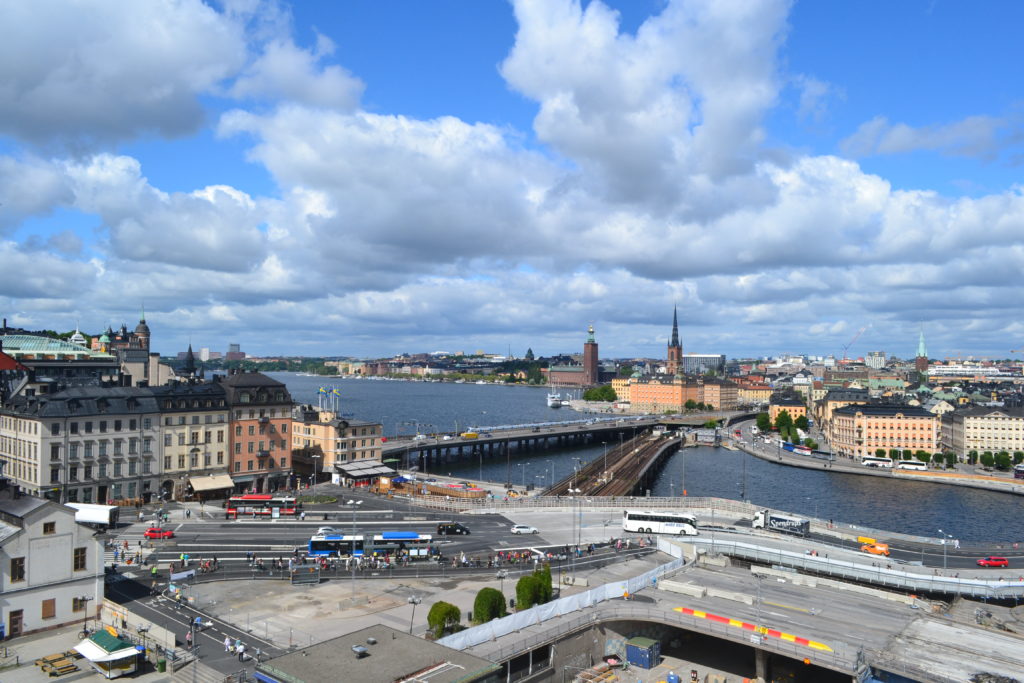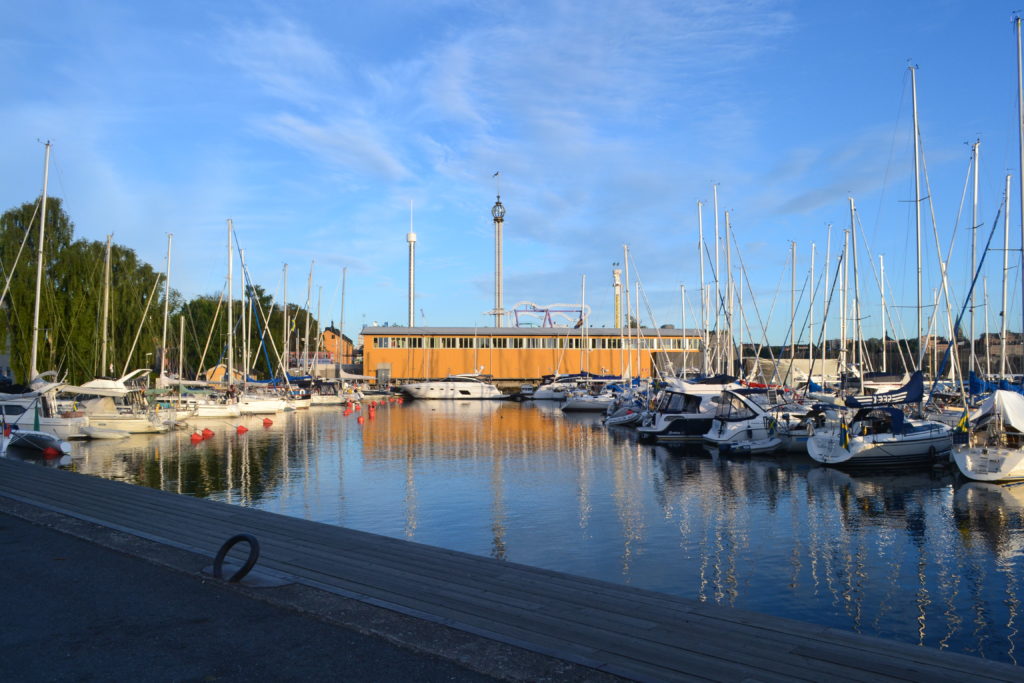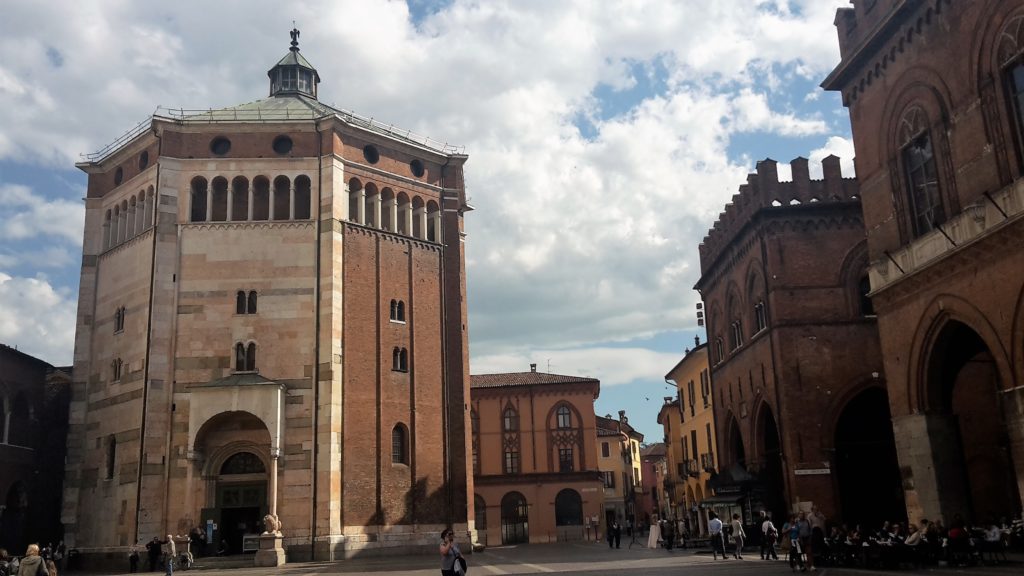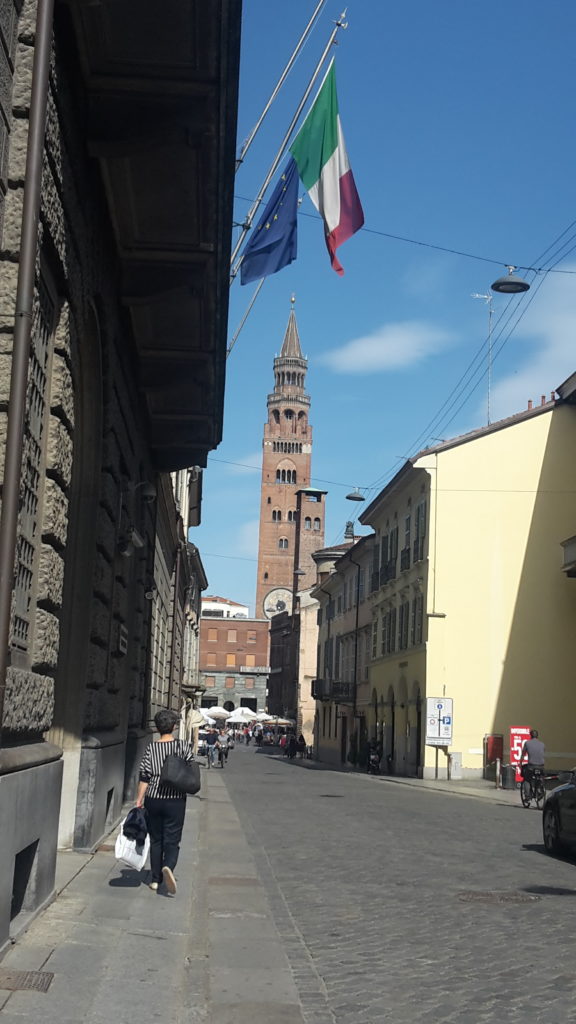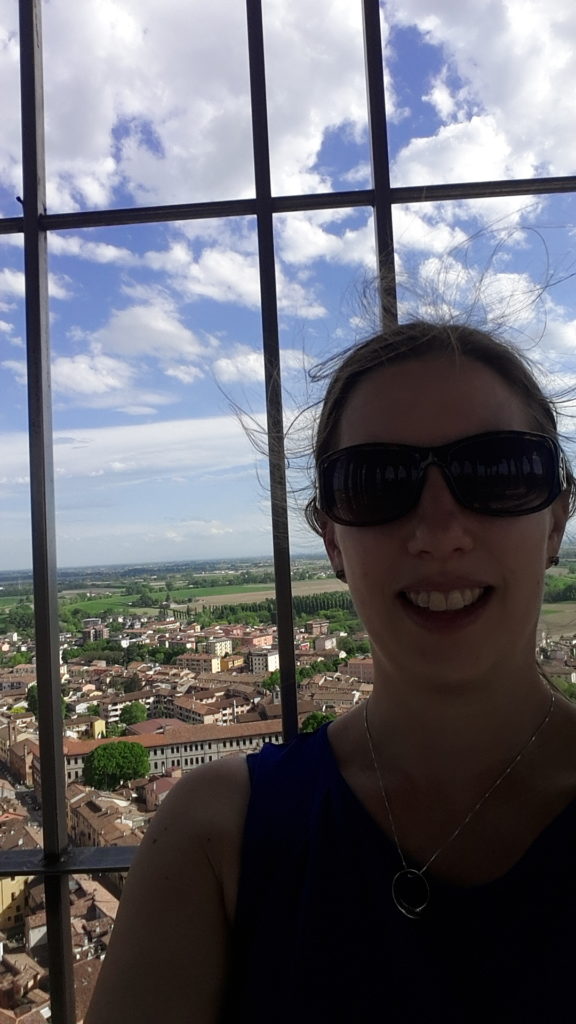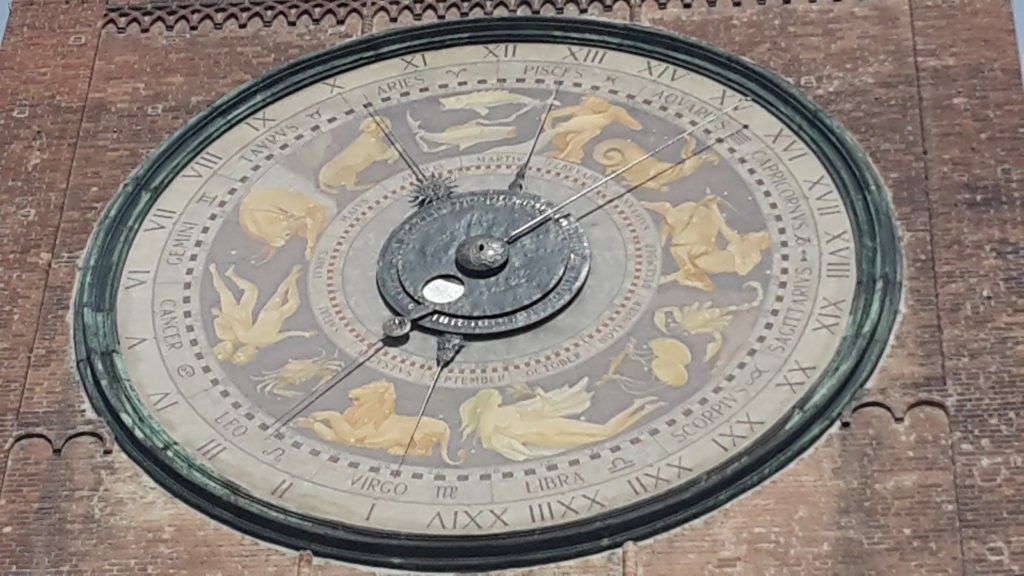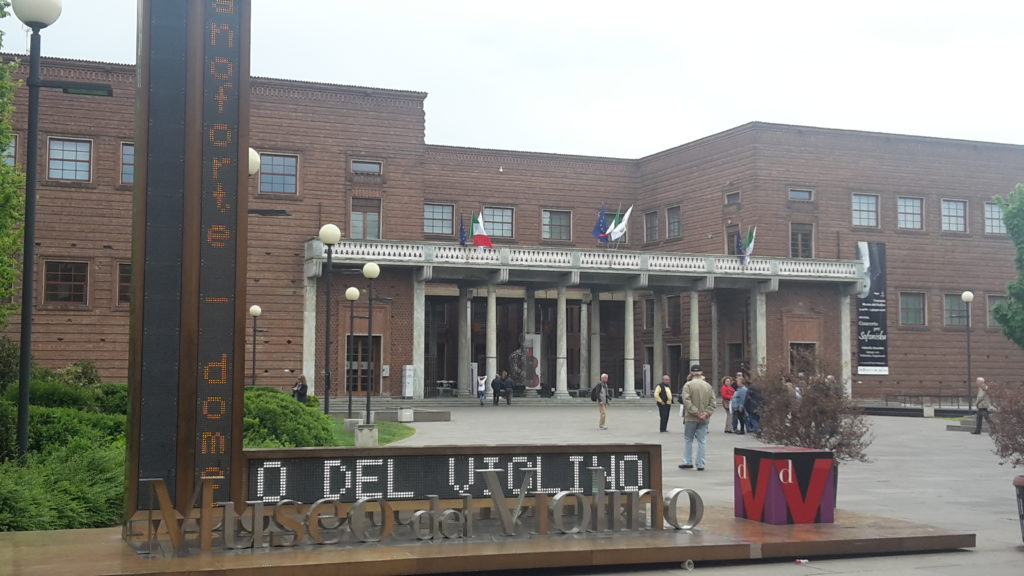On a recent weekend trip to Boston designed for catching up with friends and loved ones, I wasn’t expecting to have any notable experiences to share on the blog. Until I went to the Gardner Museum, site of the largest unsolved art heist, and loved the vibe of the museum even beyond the noticeably empty picture frames on the wall. And then that night, my foodie revelation – enjoying my best dining experience of the year so far.
In between a night cooking at home with friends and another getting some traditional Boston clam chowder out, I had a night to fill on my recent weekend trip to Boston. I cooked have cooked at my friends’ place where I was staying, even though they were out that night. It would have been quite cozy, and I do love to cook.
But when I’m somewhere other than home, you know me – I like to get out and explore! So despite the freezing temperatures and chilling wind, I ventured outside in search of a meal out. It was a decent stroll, actually, to another corner of Cambridge, to see if I could get in to The Table at Season to Taste.
I had seen The Table on a list of best Boston restaurants for foodies, and was intrigued by it offering a tasting menu, but choices within each course, all of which sounded delicious. And I sure worked up an appetite by the time I arrived.
Of course, I came prepared with a backup plan of several other nearby restaurants in case I couldn’t get in at The Table. But fortunately that was not needed and I had a really stellar dining experience that I’m compelled to share:
How ‘The Table’ Works (& What You Should Do Instead)
The Table is a quite small Cambridge dining establishment, with only twenty seats inside. The main seating is a combination of 16 spots at regular tables and 4 stools at the bar facing the open kitchen.
All of these seats, including the bar stools, are available to reserve and when you do you’ll be asked for your seating preference – Standard or Counter. You’re also required to provide a credit card, and you can only cancel the reservation until 48 hours in advance. By reserving, you’re committing to a 4-course tasting menu (there are 2 options within each course) at a cost of $69 per person.
But who needs commitment like that when you can instead play it by ear?
The website for The Table describes that “there is a menu of light snacks paired with choice wines and craft beers at the standing wine bar.” This is accurate, and you can find both a ‘Drink’ and a ‘Snack’ menu on the site to check out in advance.
TOP TIP! What they don’t tell you is that the ‘standing wine bar’ – really like a waiting nook to the right of the entrance – is far more flexible than they make it sound. You can actually order from the several choices on the ‘Snack Menu’ or order any of the 8 possible courses a la carte from the tasting menu (4 courses x 2 options in each). You can mix and match. And it is glorious.
In foodie heaven, I ended up getting 3 courses in total, one of the “first courses” and both of the “second courses” from the tasting menu the night I was there. And none of the “snacks.” My choices were partially based on my mood and partially based on the one course my server recommended when I asked for guidance – the crab stew (which you’ll read all about below).
The best deal by far is to dine in the waiting nook. Both in terms of choice and price.
I’m not the only foodie who’s figured this out as there was a neighborhood couple who dined there the same night as me, but otherwise the other people who entered had reserved in advance at the tables or at the counter.
The ‘standing wine bar’ only has 2 stools (I managed to snag one), but you can also stand, if you don’t mind. The one couple who came after me opted to stand. FYI, I arrived around 7:30pm on a Saturday night, and was the first person to arrive without a reservation.
And in the end, it was incredibly affordable for the size and quality of the dishes that came out. Each of my First/Second course choices were only $14 each! And you could be happily full on just two, trust me.
I honestly didn’t ask for the a la carte price before ordering, but the meal cost less than I expected it to be, which was a pleasant surprise when I received the bill at the end. Basically, my food and wine came to the total I was expecting just for the food. Amazing.
Now that I’ve talked about the pesky money business, it’s time to focus on the exceptional meal and service I enjoyed. Which, price aside, is what really made this a stand-out restaurant experience for me.
The Staff and Chefs
Despite the main restaurant menu consisting of just a tasting menu, the service is effusive and not stuffy or pretentious at all. I’d characterize it as quite laid back, which seems to be my preferred style of dining these days. From welcoming me as soon as I came in the door to explaining my ordering options in the ‘standing wine bar,’ everything throughout the meal was very comfortable and relaxed.
And while I didn’t try any of the craft beer that was available, I did enjoy a couple of wines by the glass – one white, one red – and had some great sommelier advice along the way. The menu options by the glass were interesting, and the knowledgeable staff gave some spot-on recommendations for pairings with the dishes I ordered.
Although the chefs are focused as they expertly assemble dishes in the open kitchen, they are also aware of the diners and happily chatting away with us, even with me over in the nook! Being close to a kitchen with chefs that were so friendly and interacting with guests definitely enhanced the dining experience for me.
Another thing I noticed when I got settled on my stool in the waiting nook was that the head chef in the kitchen sure looked familiar. A quick search on my phone revealed that yes, it was Carl Dooley from Top Chef, which (I swear!) I didn’t know before going. Like many foodies I know, I’ve been a loyal watcher of this American cooking reality show for years, but I don’t think I’ve ever gone to a restaurant of a Top Chef contestant outside of Washington, DC before. Fortunately, his time on TV didn’t go to his head and he was super friendly, just like the other chefs in the kitchen.
Another nice touch is that different chefs hand deliver each course, and you get to chat with them as they come to where you’re seated with your dish. They never seemed too rushed to get back into the kitchen, helping the meal feel relaxed.
The staff is so, so friendly and both welcoming and accommodating that they made an already great experience especially memorable.
Breaking it Down Course by Course
Since I had ordered a random mix of three courses and was not doing the full tasting menu, I was expecting dining in The Table’s waiting nook to be like any other a la carte meal. Instead, I was pleasantly surprised at the very hospitable and foodie-worthy dining experience.
Soon after ordering, heated triangles of house-made sourdough bread appeared, served with some cultured butter. I had no clue what cultured butter was, so asked and found out that it was butter that had been churned with live bacteria to culture it. It was a flavor I didn’t love on its own but really enjoyed with my different food courses.

Another surprise then headed my way, an amuse bouche. This is a small dish made at the daily whim of the chef to start my meal, and something I wasn’t expecting since I had not committed to the tasting menu like the diners at the tables and formal counter spots. I enjoyed the apple, turnip, and jalapeño soup, although it was not nearly as incredible as the more polished courses that followed.

I had ordered the 1st course of grilled squid with winter citrus just because I was in the mood for squid. The dish looked different than I had pictured it in my head, but it was incredibly delicious. The thin rings of squid were cooked perfectly, and not in the least bit rubbery or chewy. It was boldly seasoned to the point that I found a bite of the squid on its own to be a bit too salty, but with the other flavors of the citrus, mint, olives, and pistachio, it made for a perfect bite.
When I ordered my two 2nd courses, I had just assumed from my perspective after living in Italy that the pasta would arrive first, followed by the crab stew. But I didn’t specify anything when I ordered and the kitchen had its own ideas about the proper order. Which meant that the server-recommended crab stew came next.
I’m glad that it did, because I wasn’t approaching being full yet, and was able to appreciate it completely. I don’t say this lightly: this crab dish is one of the best bites I’ve ever had.

This 2nd course was the crab stew, with peanuts, scallions, house-made kimchi, & a sunny side up egg. Sounds simple enough, and it actually didn’t appeal to me much from reading the menu description.
But when I had asked my server about what dishes from the menu stand out (and I honestly expecting waffling, saying that “everything is good” as many servers do), she hands-down said the crab dish was unlike anything she had ever tasted. So I took her advice to heart and ordered the dish, which was oh-so-good, far beyond any description I could possibly offer. Although I’ll try.
Like my first course, the crab stew was boldly flavored. The house-made kimchi packed a spicy punch, and its sour flavor and texture from the cabbage with the smooth, buttery crab made it very pleasant to eat. Each spoonful was an unapologetic, perfectly balanced umami bite of addictive, comforting flavors. The runny yolk from the sunny side up egg put the richness of the dish way over the top (in a good way!) and the crunch of the scallions and peanuts kept each bite interesting. I would travel back to Boston just to eat this dish again.
Of course, I wasn’t even done with the meal yet. My final course had yet to arrive!
I was starting to get a bit full at this point, and had I not already ordered a third dish, I probably wouldn’t have. And you could definitely be satisfied with just two courses, as I mentioned before. While I was waiting in between courses, I mentally told myself that it would be okay to not finish my last course. And then it was presented.
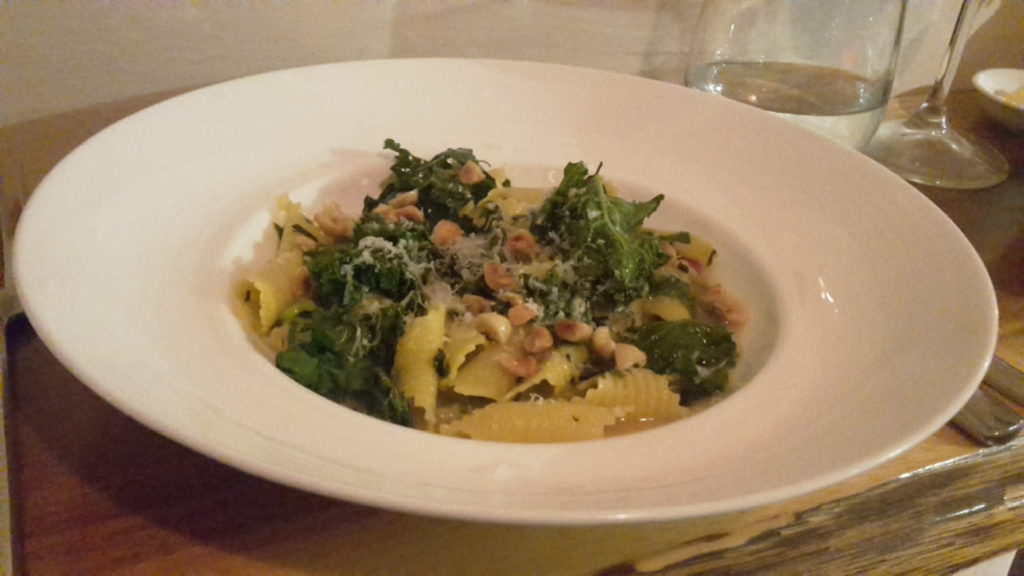
This other 2nd course was a house-made garganelli pasta with duck confit, toasted hazelnuts, mushrooms, and spigarello, a leafy green. There was great winter flavor to this dish, between the pasta, the spigarello, the hazelnuts, and the fresh parmesan cheese grated over top.
The duck confit itself was very good, although possibly superfluous – while I enjoyed it, I’m not sure that the dish needed the meat at all. And like all my other dishes that night, there was incredible flavor and textural balance, making every bite supremely enjoyable.
My only critique the whole night – and an incredibly minor one – is that some of the pieces (in all of the dishes) were left quite large, so it was hard to maneuver and balance all of the components of the dish onto my fork at the same time to enjoy them as a single bite. The larger pieces were certainly a plus in some cases, like the lovely chunks of lump crab in the stew, but overall I would have liked to have more mixed bites since the dishes were so good when you got to eat everything together.
A Sweet Ending
The regular 4-course tasting menu includes a dessert course as the final two options, however I had consciously chosen three savory dishes with the idea of forgoing dessert entirely. And honestly, I was pretty full after the first two of my three courses, although you probably couldn’t tell, given how I devoured them all!
Suffice it to say that even two courses would be plenty of food for a lot of people, and dessert for me was definitely not necessary. Of course, while I politely declined dessert when asked, the meal still wasn’t quite over yet.
To my surprise, despite being in the ‘standing wine bar’ nook perched on a stool and an itty bitty ledge to eat off of, I got all of the benefits that typically happen at a restaurant when you order a tasting menu.
Not only did I have an amuse bouche and the bread with house spreads to start my meal, but the meal also ended on an equally generous note.
First (after refusing dessert) I was served a perfectly tart and bitter sorbet of grapefruit and Campari liqueur. Even though I don’t usually love either of those flavors on their own, I couldn’t resist a taste. And let’s be real, by this point I certainly had full trust in anything this restaurant served. The sorbet was a very nice palate cleanser/digestif to end a very rich and luscious meal.

Then another complimentary dessert plate arrived (no, I’m not kidding!) with a small square of brownie and a slice of homemade granola. I probably shouldn’t have, but I ate the entire brownie immediately and then really was at my absolute limit.
In the end, it was quite a lot of dessert for a person who had declined, but I of course enjoyed the sorbet and brownie bite, and filled to the brim, put the granola in my purse for later. Conveniently it was already wrapped in brown paper for exactly this purpose =)
And after all that delicious food, I knew I would need to take a nice long walk, so pushed the idea of a taxi out of my head and had a very blissful walk home, with a smile plastered on my face, and the flavors and memories of this incredible meal still bouncing around.
Final Thoughts
My foodie tastebuds are happy all over again as I relive this meal by writing about it. Certainly, if you’ll be in the Boston area, this would be top of my list to seek out while you’re there. And if you’re not going anytime soon, plan a trip!
And forget reserving seats for the typical tasting menu – you’re likely to pay less than a typical night out if you’re willing to enjoy your meal in the waiting nook that is the ‘standing wine bar.’ Plus, you’ll have complete control over which combination of courses to enjoy if you dine there.
What makes a meal outstanding for you? What’s *your* best dining experience of the year so far? (‘Cause let’s be real, wherever it is, I want to go.) Share away in the ‘Comments’!
Like this post? ‘Pin it’ for later!


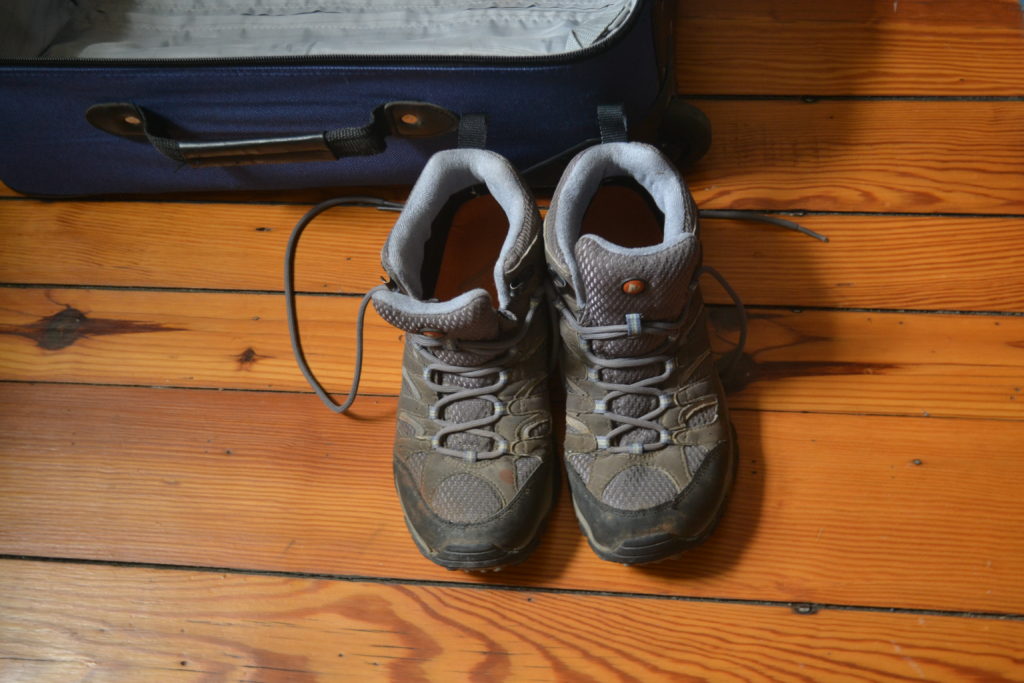
 TIP! It’s better to pack 2 small shampoo containers than 1 large one, because then you can throw away the small one when it’s done instead of having to transport the large one in both directions
TIP! It’s better to pack 2 small shampoo containers than 1 large one, because then you can throw away the small one when it’s done instead of having to transport the large one in both directions